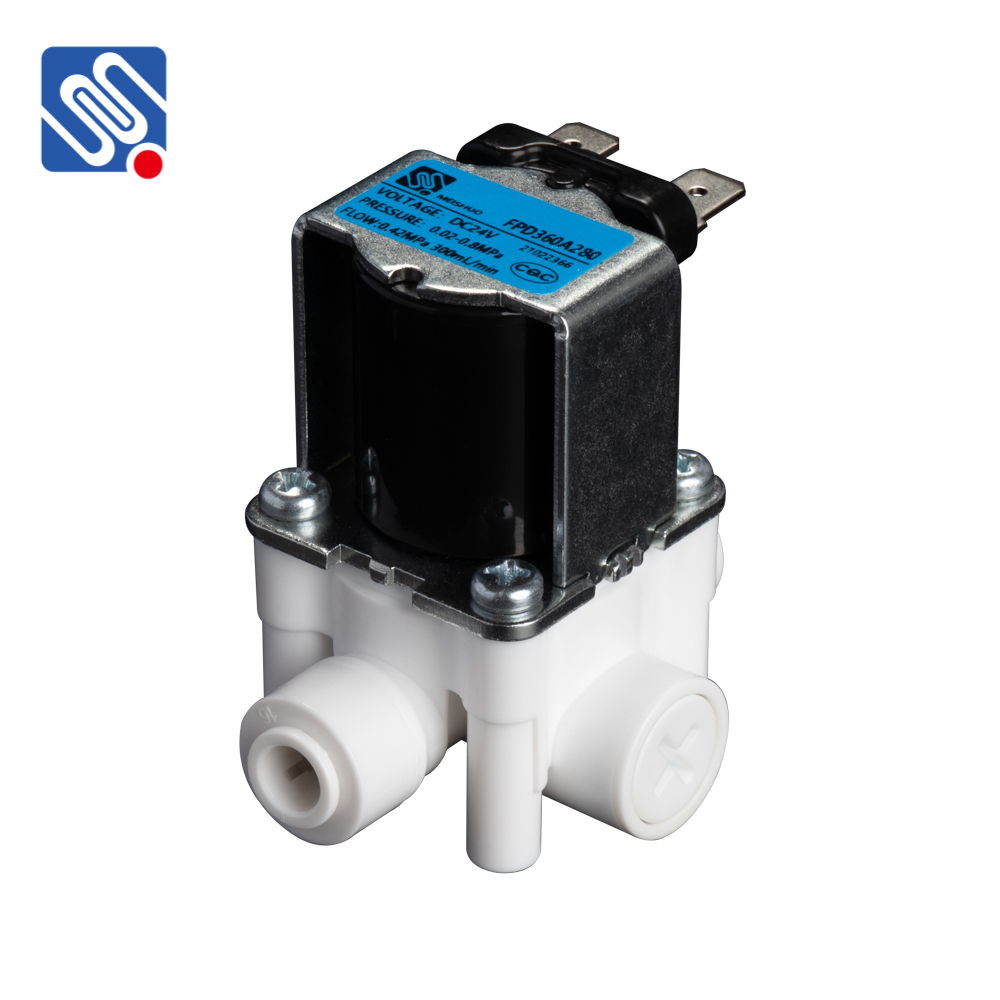DC Solenoid Valves are pivotal components in various modern fluid control systems, offering precision, reliability, and efficiency. These devices use electromagnetic mechanisms to control the flow of liquids or gases in a wide range of applications, from household appliances to industrial automation. In this article, we will explore the working principle, features, advantages, and applications of DC solenoid valves, highlighting why they are indispensable in today’s technology-driven world.

Working Principle of DC Solenoid Valves A DC solenoid valve operates based on the principle of electromagnetic induction. The valve consists of a solenoid (electromagnet) and a movable valve element, such as a plunger or diaphragm. When direct current (DC) passes through the coil of the solenoid, it generates a magnetic field. This magnetic field attracts or repels the valve element, causing it to move and either open or close the valve. The valve opens to allow fluid to flow when the solenoid is energized, and it closes when the power is turned off. The operation of the valve can be either normally open (NO) or normally closed (NC), depending on the design. In a normally open valve, the valve is open when no current is supplied and closes when current is applied. Conversely, in a normally closed valve, the valve remains closed until the solenoid is energized to open it.